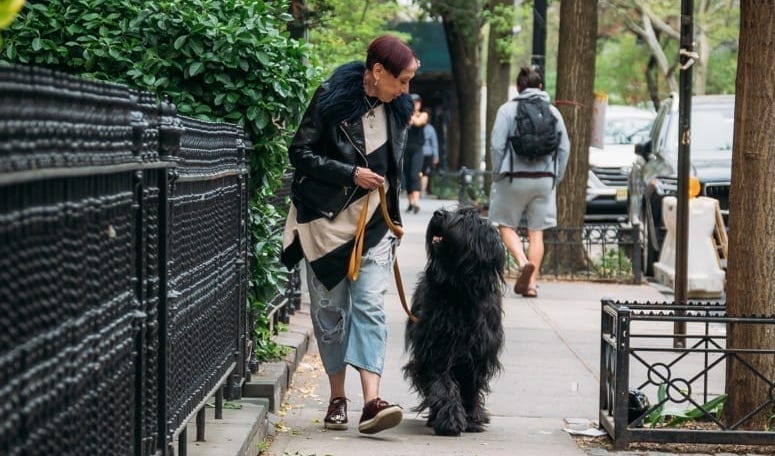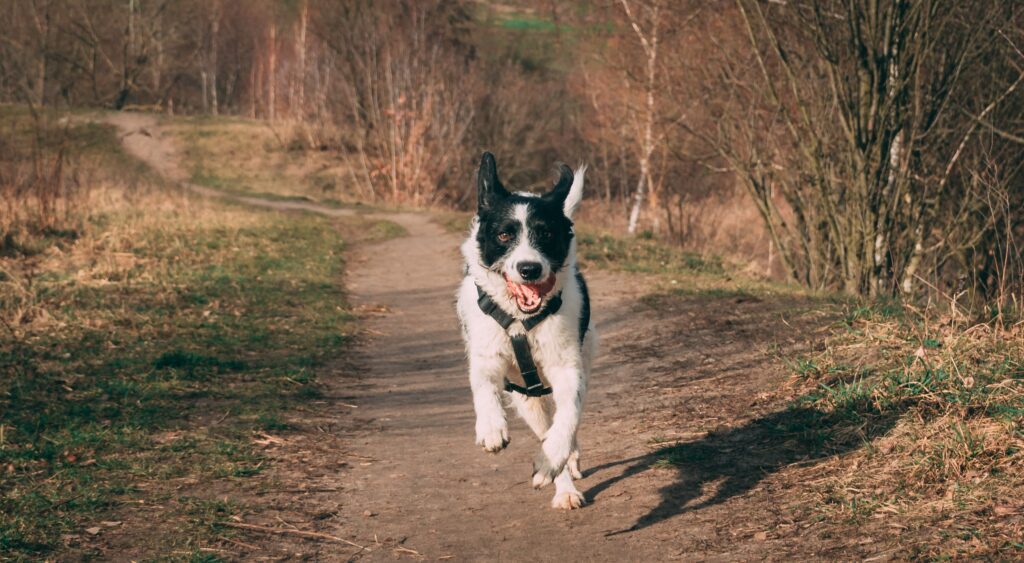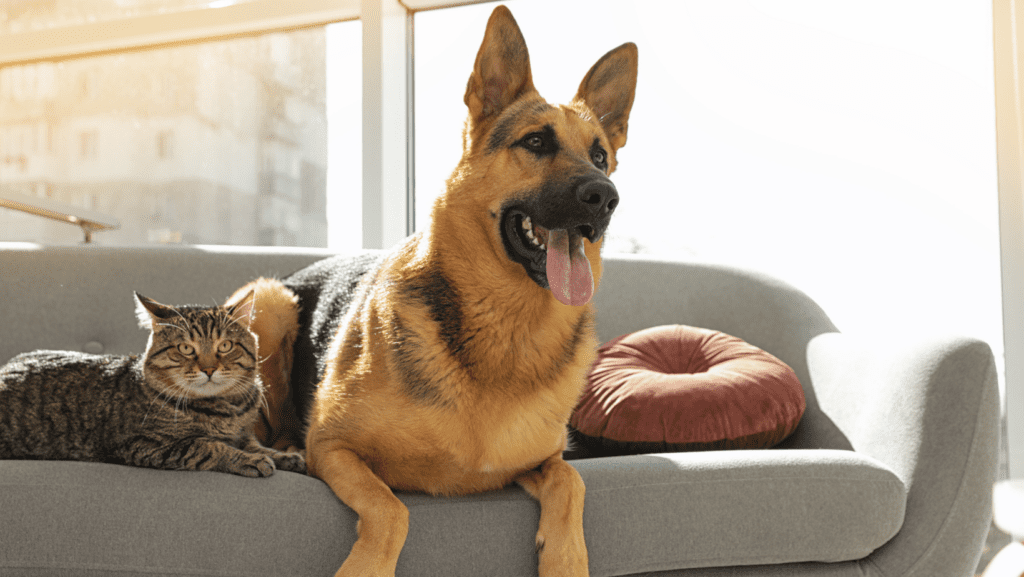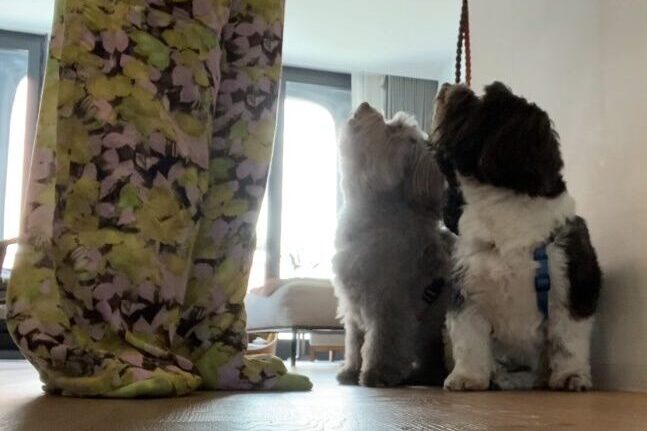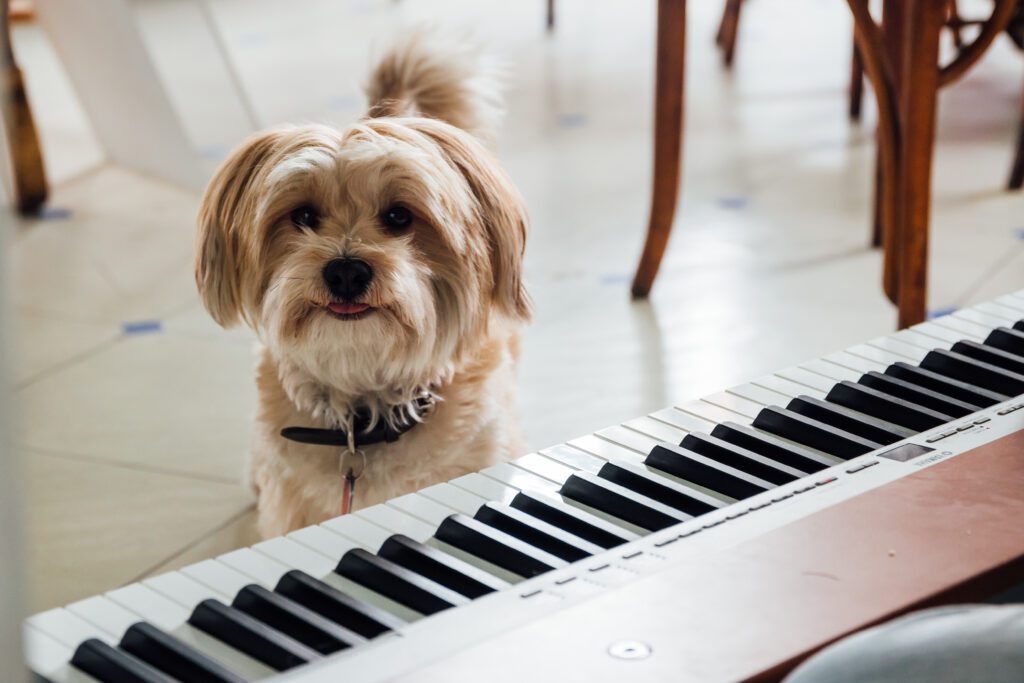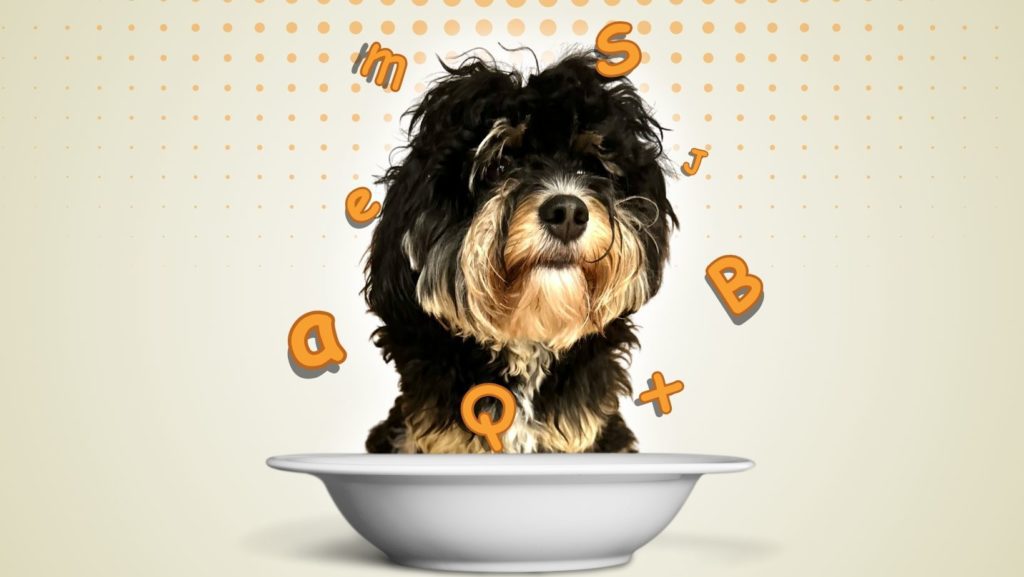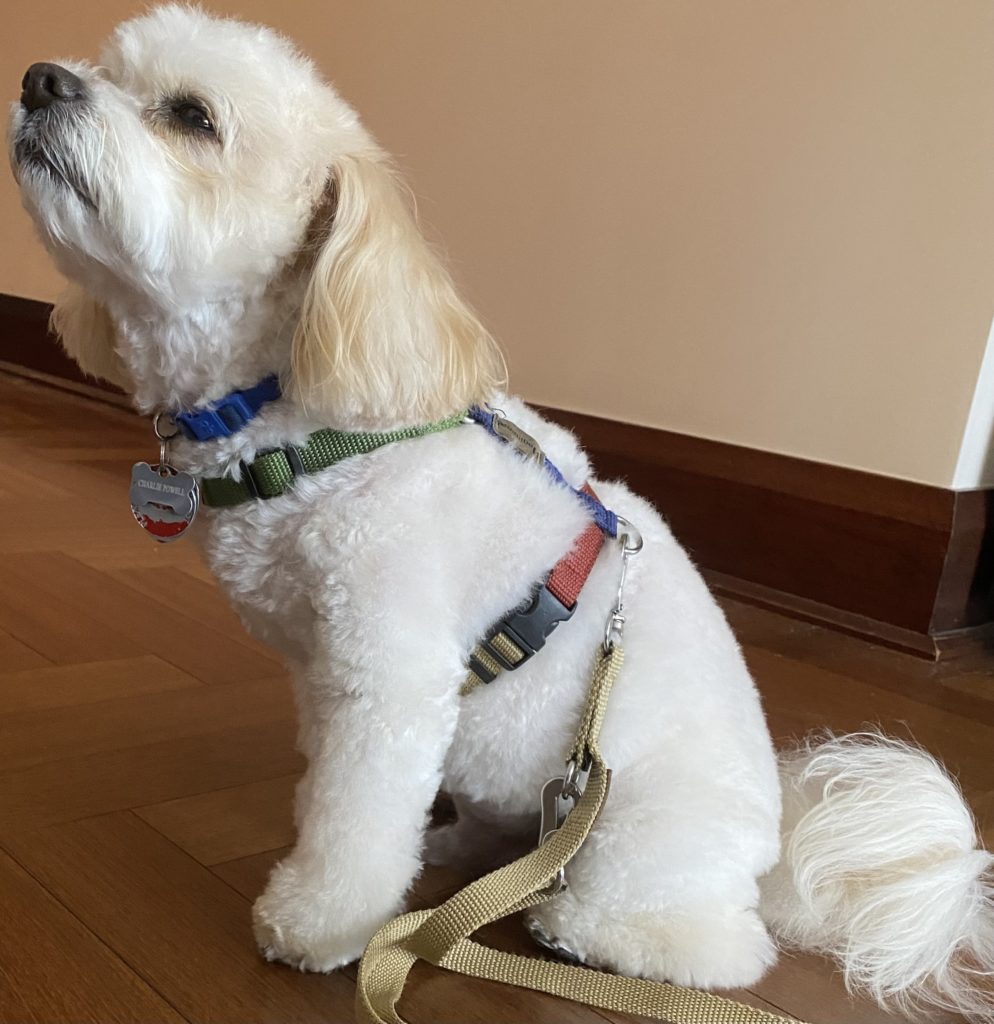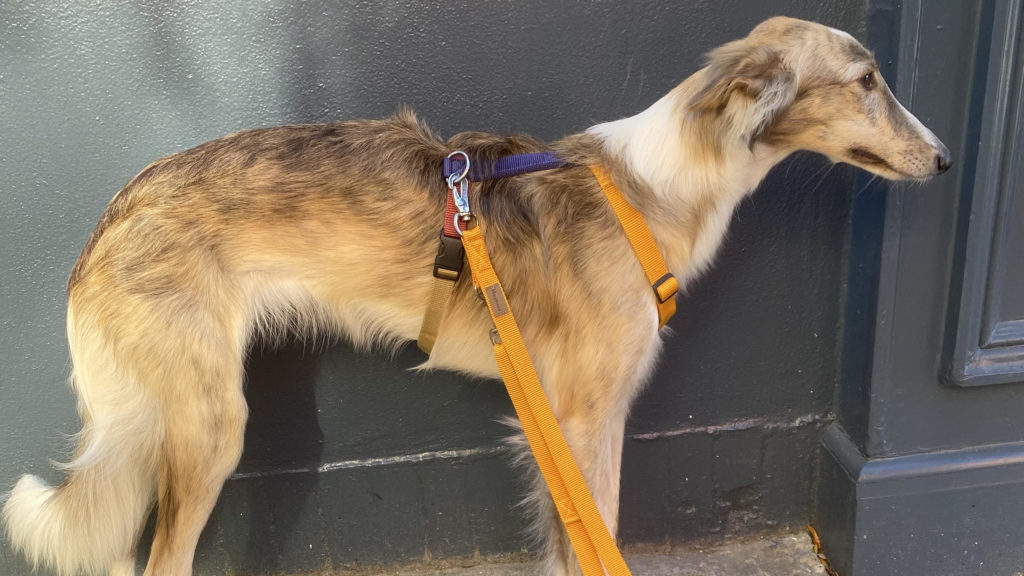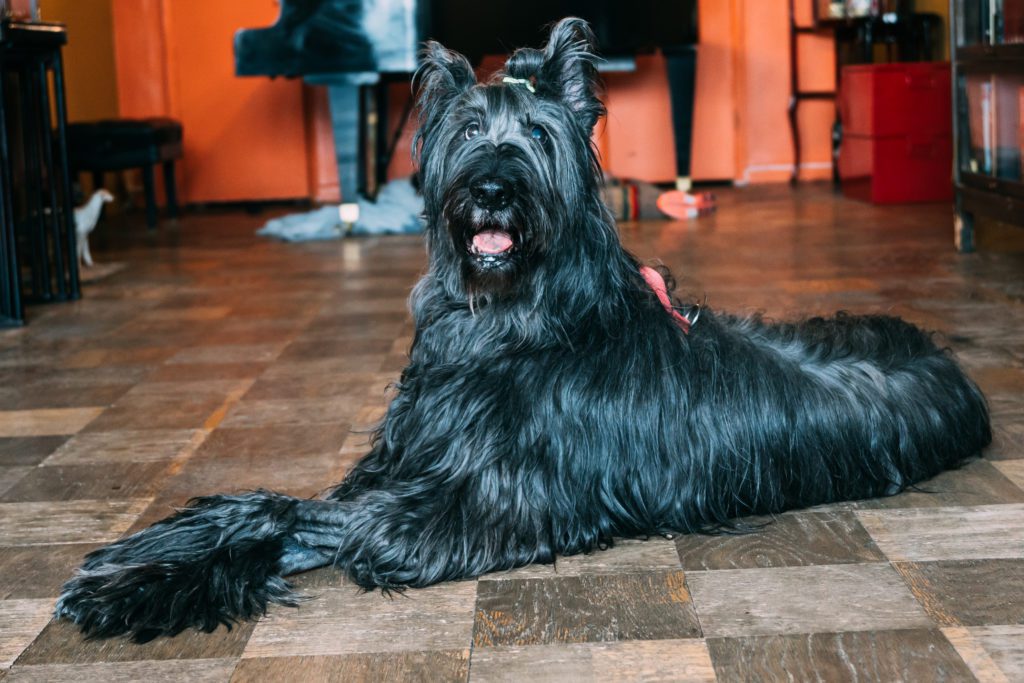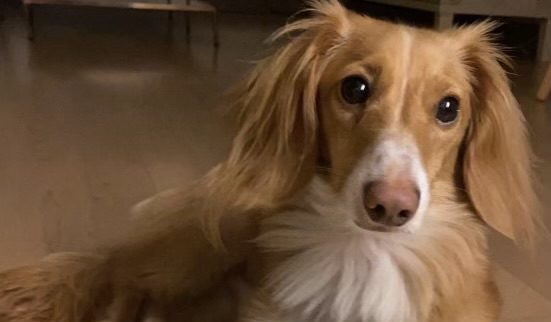Elisabeth Weiss is a gifted trainer and a true animal lover. When I adopted my adorable and lovable cock-a-poo from the AC&C he came with a host of challenging behavior issues. Elisabeth has successfully helped me resolve his problems. What I liked most was that she made it easy for me.
The lessons for my dog were so much fun that my smart cat started to participate in the dog’s lessons. I then asked Elisabeth to set aside some time to train the cat as well!
Both dog and cat training have been huge successes! We all look forward to their lessons every week!
DogCognition research has taught us that dogs respond really incredibly well to pointing and eye movements as well as strategic placement and timing of rewards/reinforcements.
By allowing dogs to figure out on their own what is being communicated not only builds their self-confidence but motivates them hugely because they actually learn how to control desired outcomes for themselves. Learning which behaviors bring a reinforcing consequence to the dog really is what “training” is all about: Allowing them to understand what you as human guardians are trying to communicate. Since 2009, Dog Relations NYC has helped more than 1500 dogs and their guardians form a more rewarding and special bond!




